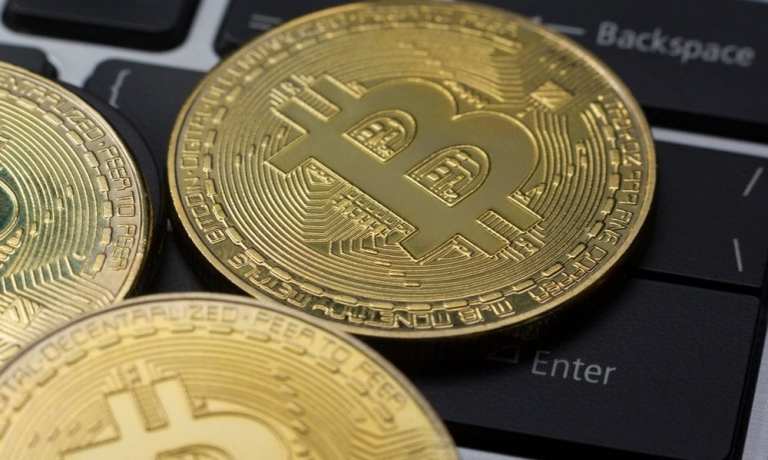
To quote a rock ‘n’ roll poet (Jerry Lee Lewis): Whole lotta shakin’ going on.
Depending on how you look at it, cryptocurrency is either the next big thing, or the thing with feathers — that would be hope, to quote another poet (non-rock ‘n’ roll, and that would be Emily Dickinson).
One notable voice has chimed in to say that cryptocurrencies are among the next big things in finance. Per CNBC’s interaction with IMF Managing Director Christine Lagarde on these and other new technologies: “I think the role of the disruptors and anything that is using distributed ledger technology, whether you call it crypto, assets, currencies, or whatever … that is clearly shaking the system,” Lagarde said.
And yet, she added, “We don’t want innovation that would shake the system so much that we would lose the stability that is needed.” Thus there is a need for regulation to keep that shaking, we would assume, from being too seismic in scope.
Lagarde’s comments came the same day JPMorgan CEO Jamie Dimon appeared on Capitol Hill before the House Committee on Financial Services. In wide-ranging commentary, the banking executive also pointed to financial disruption tied to new technology. As detailed in this space, in his response to questions on why he seemingly has reversed course on earlier statements as recently as 2017 that crypto is “not a real thing,” he said blockchain will “work over time” amid continued testing of distributed ledger technologies.
But. Dimon also said that in general, cryptocurrency is not “supported by anything” other than what someone is willing to pay for those digital coins. This hints at the speculative nature of cryptos, of course, and one that is based on hope — namely, today’s current crypto holder hopes that someone will pay up tomorrow for the privilege of owning … that same hope.
Hope ebbs and flows quickly, as evidenced by the fact that many a crypto is down 70 percent or more from peaks, many exchanges have been shuttered, ICOs imploded.
But as for a hybrid of sorts — melding the tried and true in banking with the shiny and new of technologies? Therein may lie a hint of things to come.
Dimon was quick to make a distinction between the thing with feathers and his own firm’s JPM Coin, which he said is “supported by a deposit at JPMorgan.”
And here is the wrinkle. The JPM Coin has a backing that is tied to conventional banking systems, and where dollars are in an account, use the blockchain and the JPM Coin can be converted back to dollars. So in essence, the idea here is for speed and transparency in financial services, but this is not a wholesale disruption of the bank-as-intermediary chain of command or a wholesale abandonment of the central-banking-and-fiat currency model.
Perhaps this is less “shake” than “forceful nudge” in finance, where cryptos are an arrow in a financial services quiver full of arrows tied to different use cases and banking relationships.